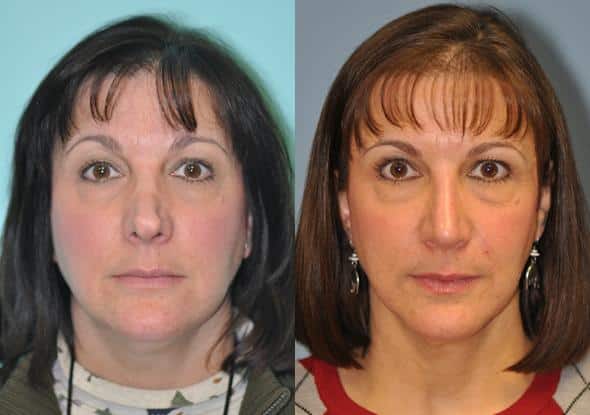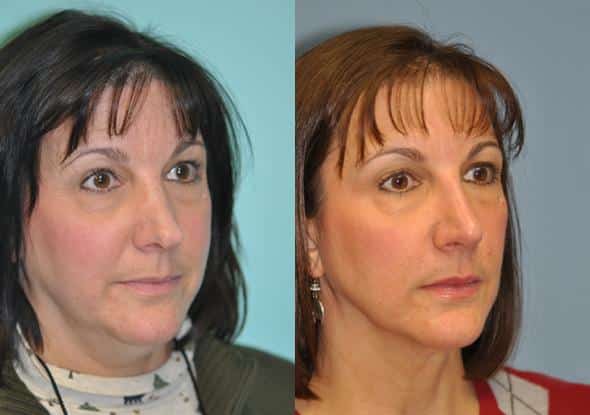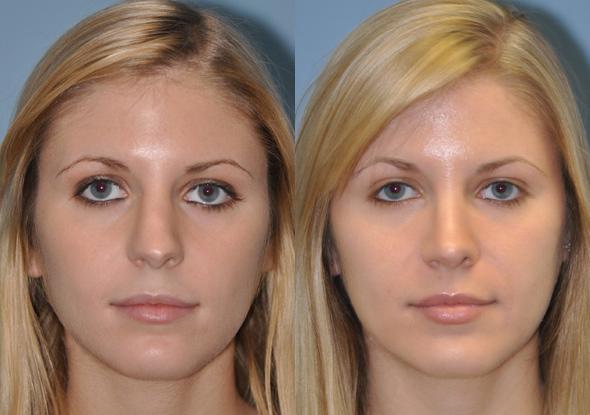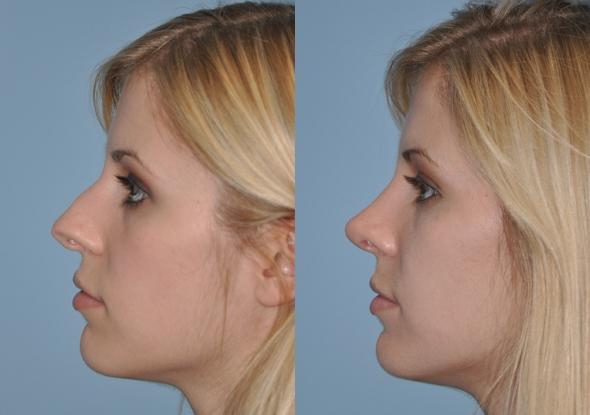Revision Rhinoplasty in Virginia, Washington D.C. and Maryland.
Discover the True Benefits of Nose Revision
Restored Confidence
Elevate your self-esteem with a nose that beautifully aligns with your face, providing a renewed sense of self.
Enhanced Functionality
More than just looks—fix structural issues for better breathing and improved daily living.
Natural-Looking Results
Say goodbye to unnatural looks. Modern techniques give you a nose that’s authentically you, yet significantly improved.
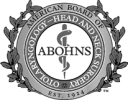
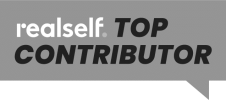
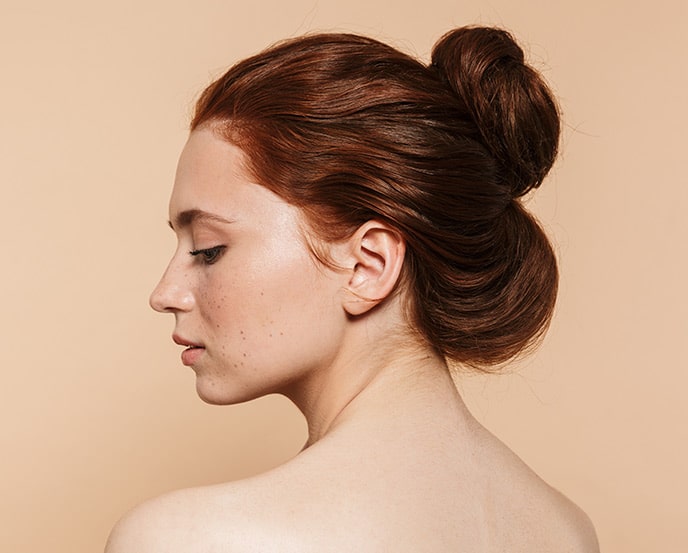
What is Revision Rhinoplasty?
Revision rhinoplasty, also referred to as secondary rhinoplasty, is a corrective aesthetic nasal surgery procedure which is performed after a previous rhinoplasty nose surgery by another surgeon. The procedure may improve both aesthetic and functional problems. Good candidates for revision rhinoplasty include healthy patients over the age of sixteen who have realistic goals for improvement.
Revision Rhinoplasty Summary
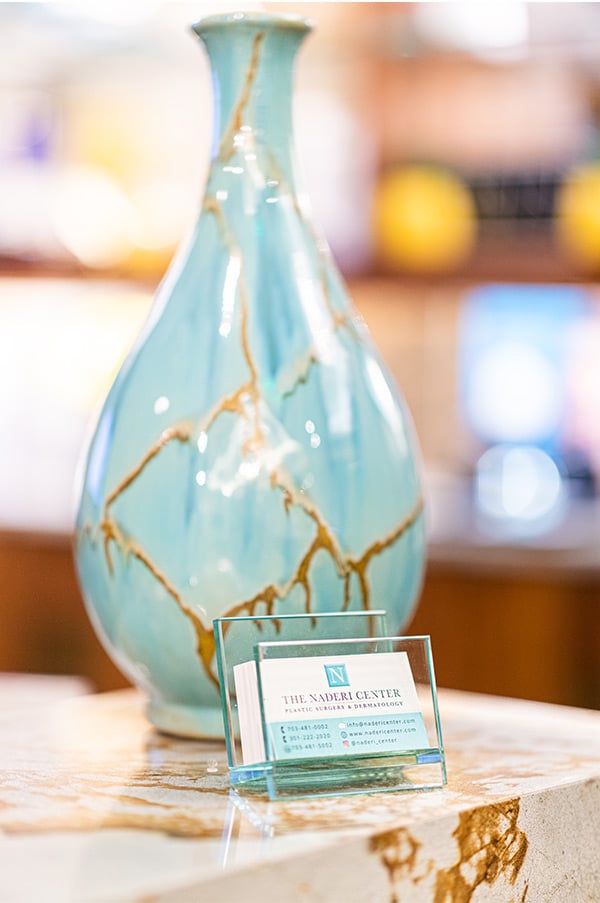
Mild to moderate
General Anesthesia
About 3 hours or more
3 to 5 years for final results but patients get to enjoy their new nose as one month after surgery
$35,000 – $50,000
After Revision Rhinoplasty Surgery
Testimonial
“Dr Naderi has my highest admiration for his exceptional surgical skills and compassionate, friendly demeanor. He is a rare find, a problem solver and his reputation as the most skilled and specialized rhinoplasty surgeon in Northern VA is well earned. Two years ago I hastily allowed my ENT with INOVA to perform a functional rhinoplasty on me along with other procedures, to correct debilitating, chronic sinus infections. That life changing decision left me in a state of shock and eventual panic as I slowly developed a collapsed nasal valve and embarrassing bent tip. A nasal deformity evident within the first 3 months post surgery that began to erode my self esteem and seriously impact my quality of life.”
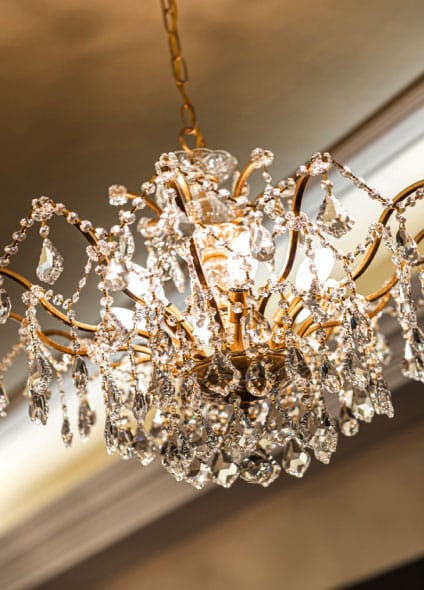
Revision Rhinoplasty with Dr. Shervin Naderi
Dr. Shervin Naderi is a rhinoplasty and revision rhinoplasty specialist. These two surgeries make up over 100% of his surgical practice.
About 30% of revision rhinoplasty cases are endonasal or closed, meaning incisions are confined to the inside of the nose. The other 70% are external or open, which involves incisions made on the inside of the nose as well as a small incision made on the skin between the nostrils. Once the incisions are made, the desired shape may be achieved by repositioning cartilage or replacing missing structures. The incisions are then closed and a splint is applied to the nose.
Cost of Revision Rhinoplasty Surgery
For revision rhinoplasty, Dr. Naderi’s surgeon’s prices ranges from around $35,000 to $50,000.
Revision Rhinoplasty Video
Why Choose Dr. Naderi?
Patients who choose Dr. Naderi as their rhinoplasty specialist surgeon do so based on the carefully calculated decision and wise desire to trust a “specialist” with their face. Dr. Naderi is a facial plastic surgeon (exclusively performs plastic surgery solely on the face), but above and beyond this, his busy surgical practice is focused completely on the nose (rhinoplasty).
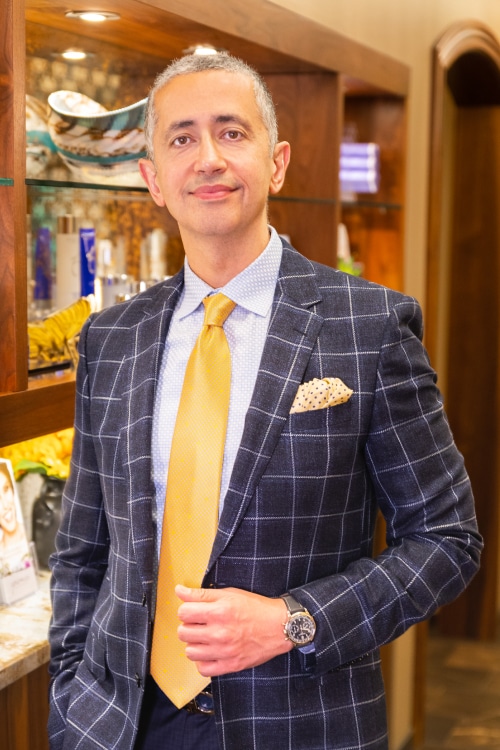
Dr. Naderi takes excellent, skillful, artistic, and compassionate care of his patients and their noses.
While no one can guarantee a “perfect” nose, his multitude of happy and grateful patients from all over the world are testimony to his skill. Do not choose Dr. Naderi if you are seeking a bargain. Choose Dr. Naderi if you want a surgeon who has the specialized skill and high ethics to take excellent care of you or your loved one.
Revision Rhinoplasty FAQs
Are you a Candidate for Rhinoplasty Surgery?
Revision rhinoplasty, also known as secondary or tertiary rhinoplasty, is a corrective aesthetic nasal surgery procedure designed to correct aesthetic or functional problems resulting from a previous rhinoplasty performed by another surgeon.
Is revision rhinoplasty right for me?
If you are healthy and looking to improve the appearance or function of your nose after a previous rhinoplasty surgery, revision rhinoplasty may be right for you. Patients should be over the age of sixteen and have realistic goals for improvement.
Who should consider revision rhinoplasty, and why choose Dr. Naderi?
If you’ve had a prior nose surgery with unsatisfactory results, Dr. Naderi is one of the few surgeons specializing exclusively in complex revision rhinoplasty. His practice is internationally known for correcting failed or poorly executed nose jobs with meticulous artistry and skill.
Are there any age restrictions for undergoing revision rhinoplasty?
Dr. Naderi will perform revision rhinoplasty on patients over the age of sixteen.
What does a consultation for revision rhinoplasty entail?
During a consultation, Dr. Naderi will examine the structure of your nose and face, take a thorough medical history, and discuss your goals. All aspects of the revision rhinoplasty procedure will be explained including the technique, the anesthesia, the facility, the recovery, the risks, the costs and so on. Digital imaging or photographic morphing is an integral part of the consultation.
What type of anesthesia is used for revision rhinoplasty?
General anesthesia is commonly used for revision rhinoplasty.
Does revision rhinoplasty leave scars?
External or open rhinoplasty results in a small scar that is well hidden on the underside of the nose between the nostrils. Endonasal or closed rhinoplasty leaves no visible scarring as all incisions are confined to the inside of the nose.
Does revision rhinoplasty involve much pain?
Revision rhinoplasty tends to involve less pain than primary rhinoplasty procedures. Medication can help to control any discomfort that patients experience.
Is revision rhinoplasty covered by insurance?
Revision rhinoplasty procedures performed for cosmetic reasons alone are usually not covered by insurance, though some coverage may be available when treating breathing problems. Patients should check with their own insurance company.
What revision rhinoplasty office is near me?
If you live in the states of Virginia or Maryland, The Naderi Center for Plastic Surgery and Dermatology offers revision rhinoplasty among its services. For a full list of services, please visit our Locations page.
